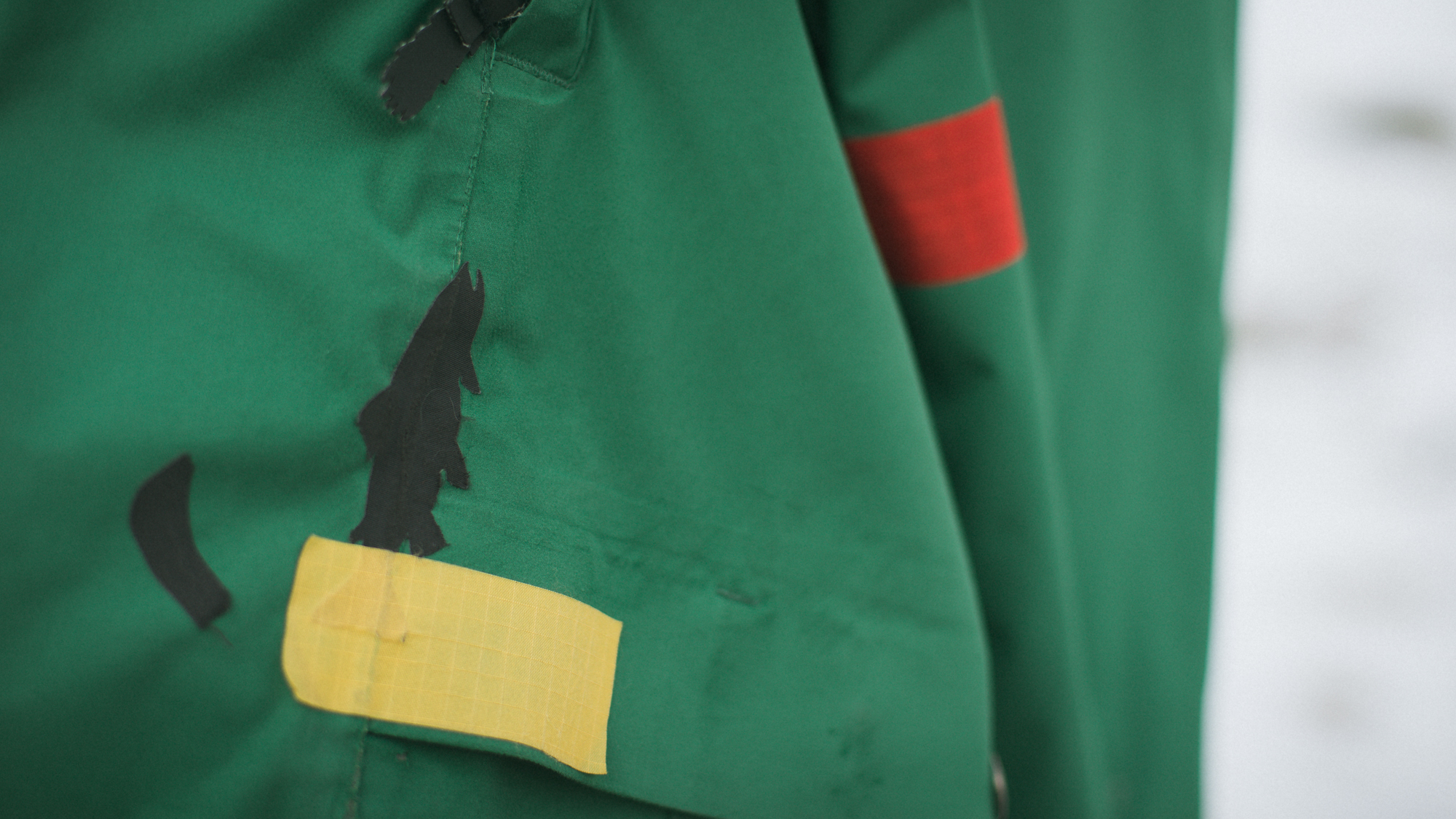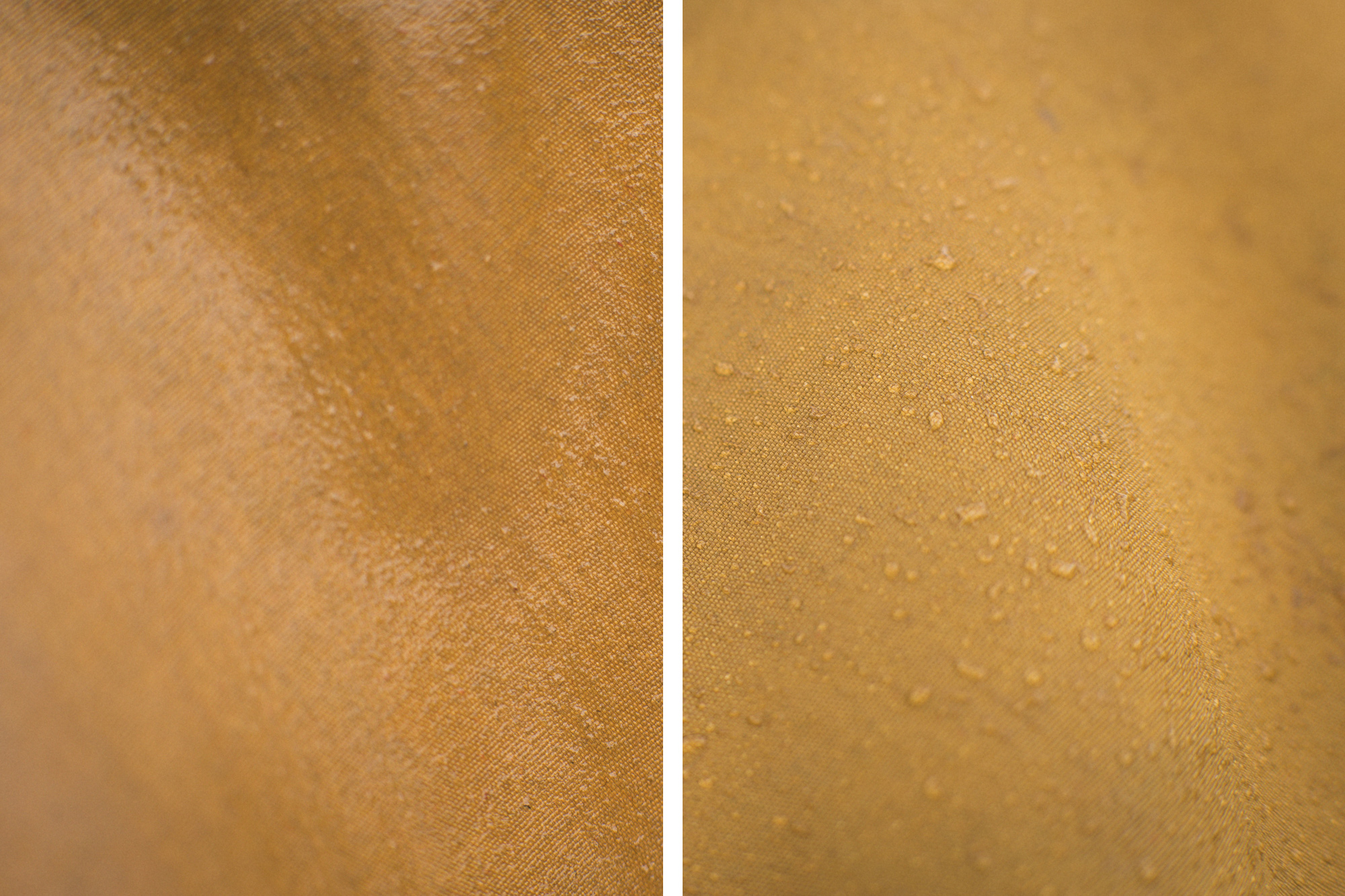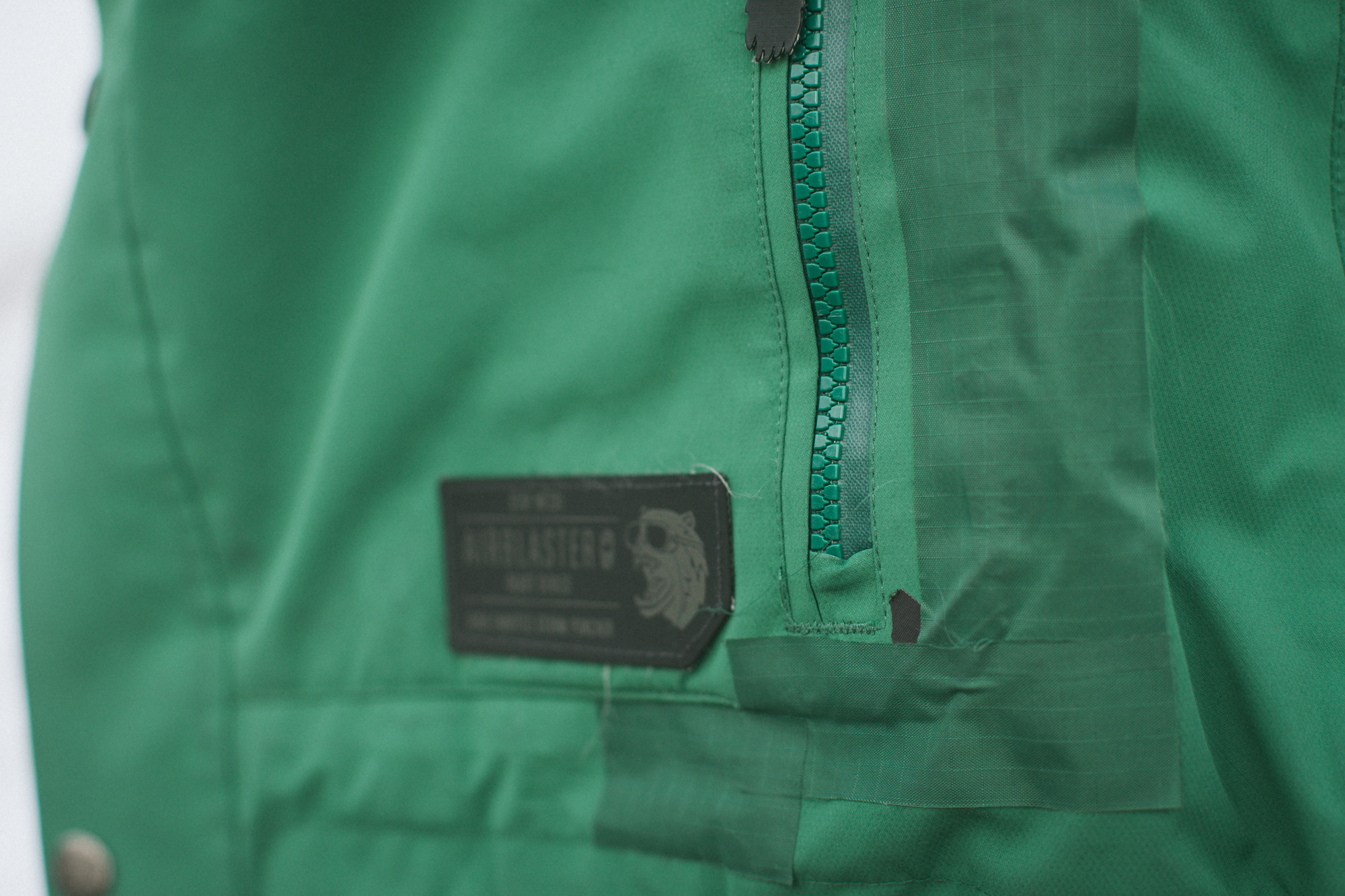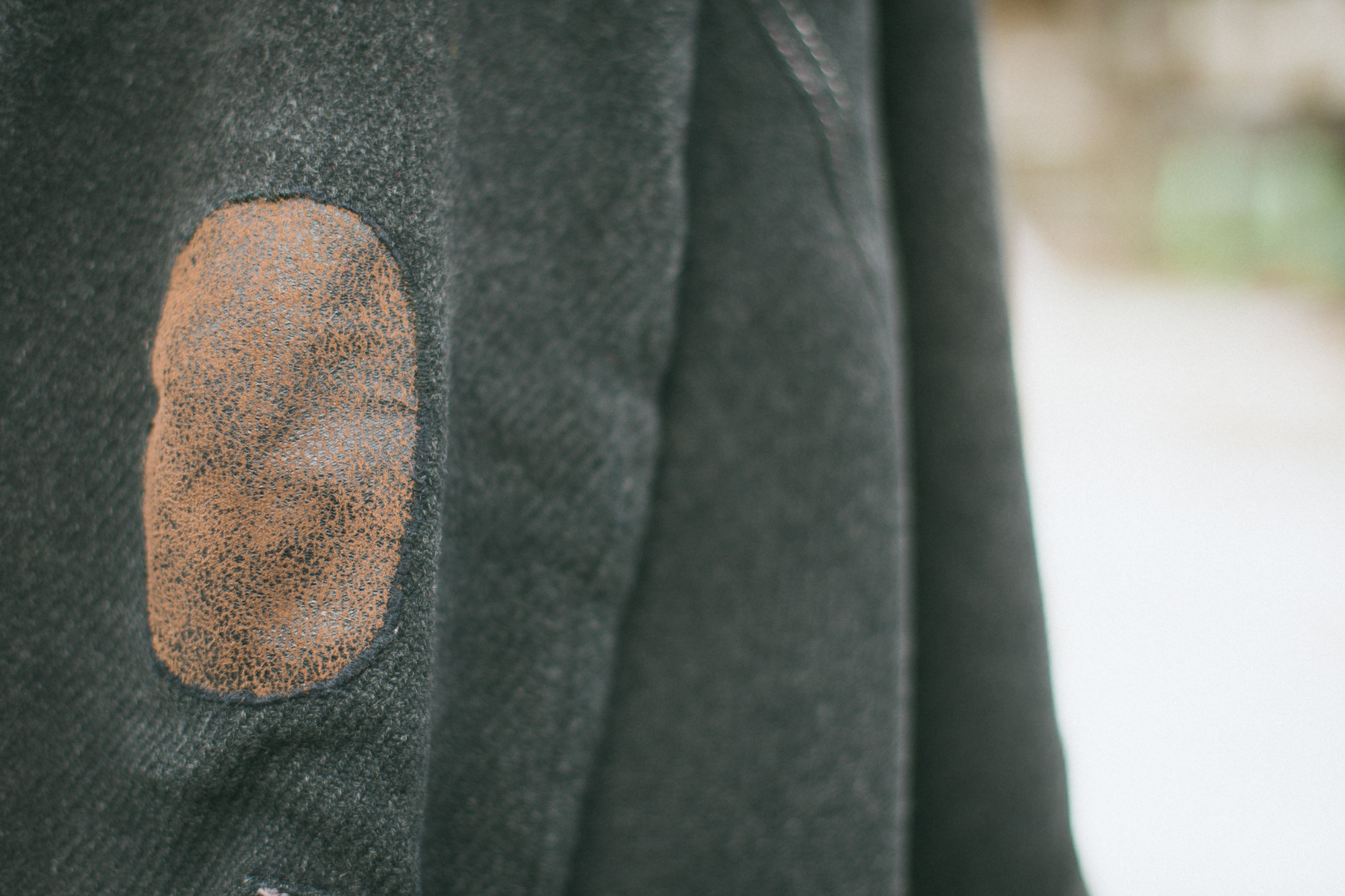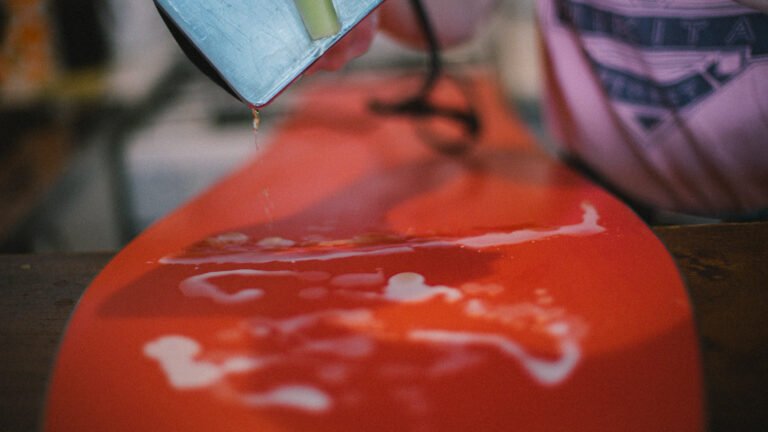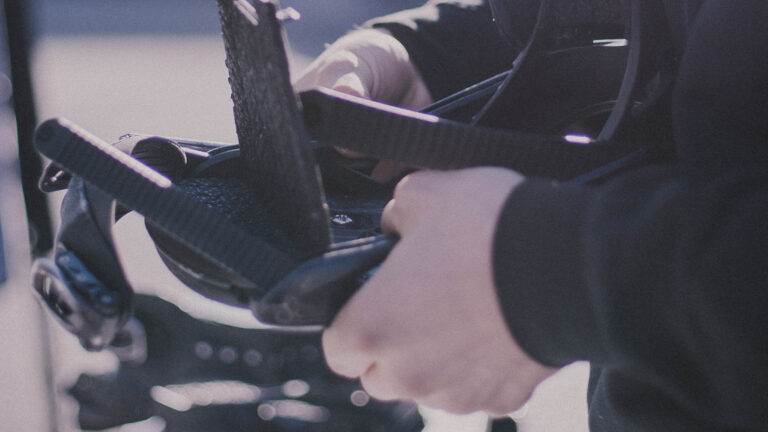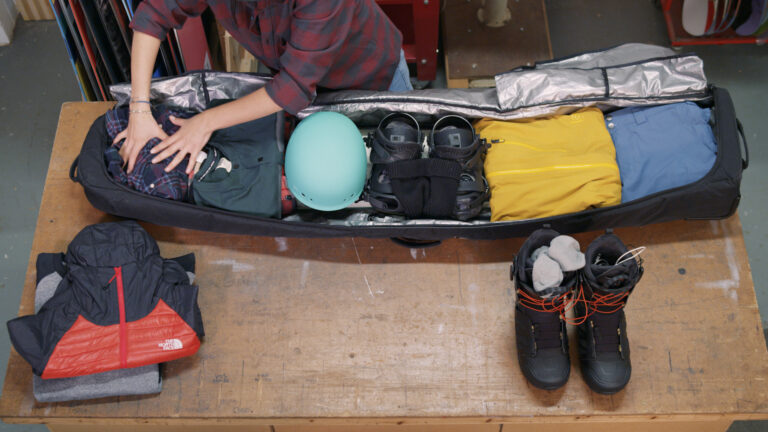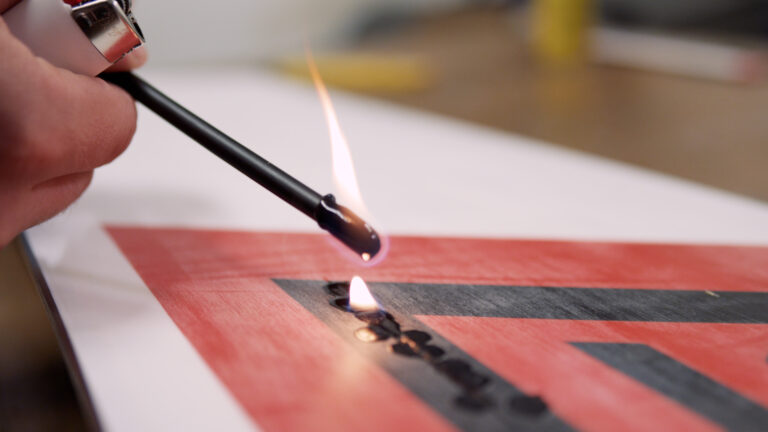With a new gear guide out every year, you’d be forgiven for thinking that here at Whitelines we’re all about just buying stuff.
Not so – we’re strong believers in making your kit last for as long as possible and only replacing it if you’re in serious need of an upgrade or if it’s beyond repair. For proof, look no further than our gear editor’s thermal, purchased in 1999, or our dear leader’s legendary faded orange shell.
“Brands like Patagonia are promoting keeping old outerwear going over buying new clothes every season”
We’re not the only ones though – one great thing about the hipster trend is a surge in interest in moving away from being such a disposable society, and brands like Patagonia are promoting keeping old outerwear going over buying new clothes every season. If you can make it along to one of their Worn Wear events they’ll patch up your gear for you, even if it’s not their brand’s to begin with.
But why wait around for someone else to do it for you? Take matters into your own hands, get stitchin’ and make your gear bitchin’ once again!

